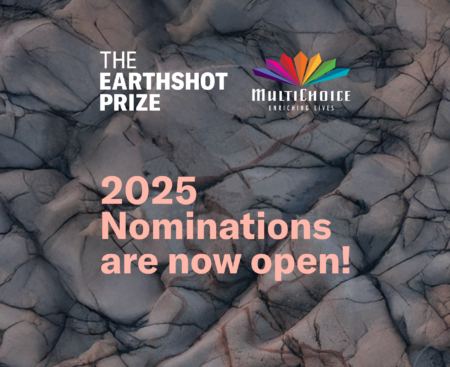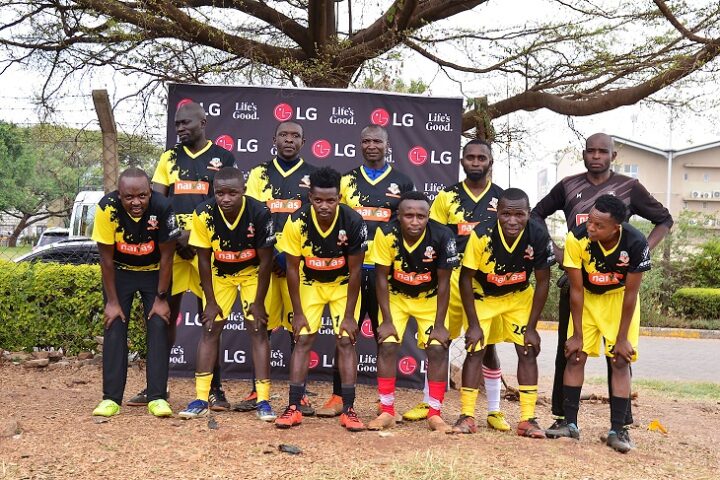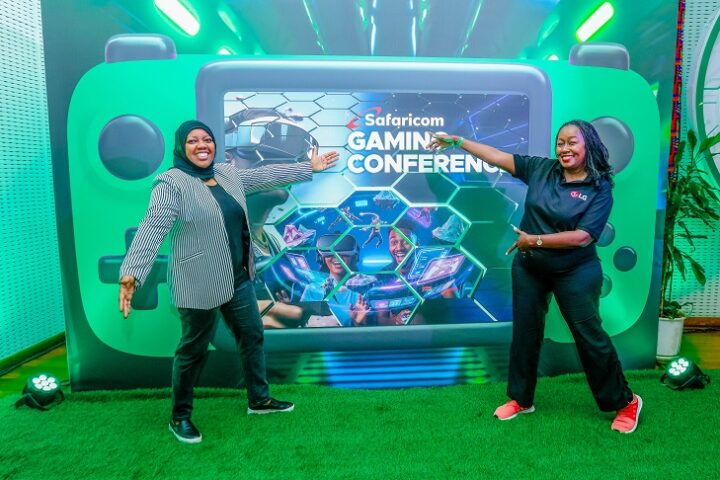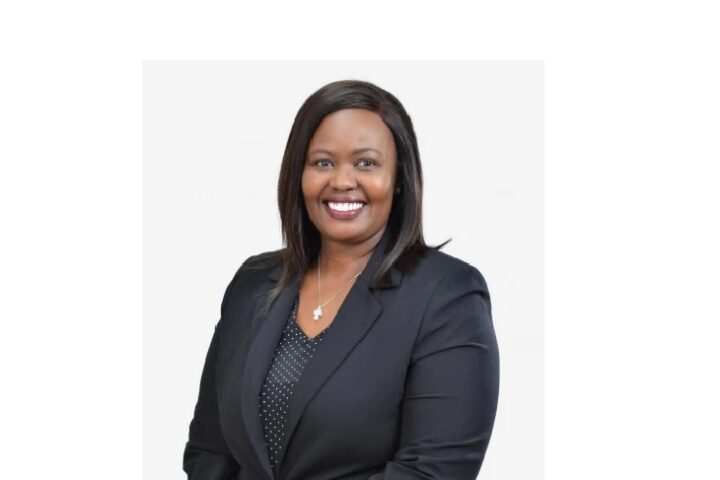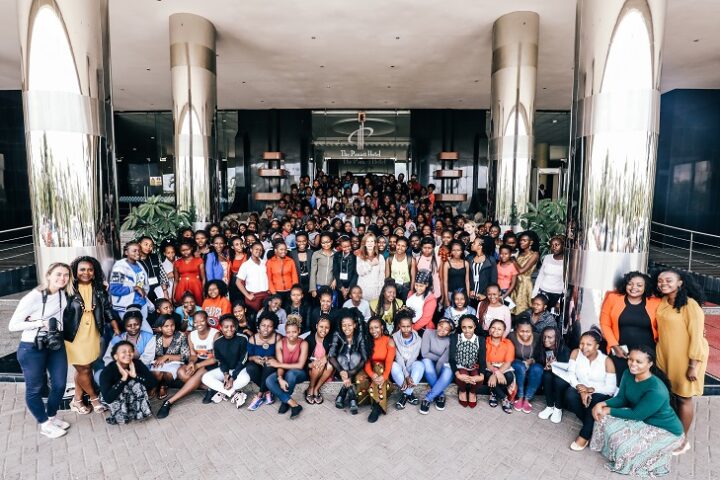The creations of our minds—songs, scripts, films, brand names, and so on—hold immense economic and cultural value. To fully realize that value, protecting these creations is crucial. If a creator fails to secure their intellectual property, they risk losing the ability to earn a living from their ideas.
Starting with the basics, copyright refers to the legal rights that creators have over their original literary and artistic works. In many African countries, copyright protection is automatic. This means that when you create a song or film and put it in a fixed form, you don’t need to register it for the copyright to exist. This protection typically lasts for your life plus an additional 50 to 70 years after your death, at which point the work enters the public domain.
Although protection may be automatic, it’s advisable to take proactive steps for those who wish to strengthen their legal rights. Some African nations offer voluntary copyright registration systems, which can provide an official record of ownership.
Content theft occurs when someone uses another person’s work without permission, which is known as copyright infringement. When this happens extensively, it escalates to content piracy. If you find yourself a victim of such infringement, there are several steps you can take to address the issue.
First, it’s essential to gather evidence. This may include screenshots of the unauthorized content, along with its URL and date. For video or audio, you should download a copy as well. Documenting details like the infringer’s username or website, the number of views or downloads, and any related advertisements or sale prices is also helpful.
According to Frikkie Jonker, Director of Anti-Piracy Broadcasting & Cybersecurity Services at the MultiChoice Group, having proof of ownership is vital when defending your copyright. Original project files, timestamps, raw footage, or scripts are all useful in demonstrating that you are the rightful creator. Proof of registration with a copyright authority can further bolster your case, as can social media posts or emails that indicate ownership and the release date of your work.
The next step involves stopping the infringing material from spreading. A takedown notice is often the quickest approach. You can locate who is hosting the infringing content and contact the platform directly through its copyright infringement reporting mechanism or send a formal cease-and-desist letter.
Various countries have notice-and-takedown systems in place. The United States’ DMCA (Digital Millennium Copyright Act) has become a global standard, while African nations have their protocols. Sending a detailed cease-and-desist letter to the infringing website owner or web host can often lead to the removal of the unauthorized content.
If the infringement is serious, such as a large-scale piracy operation, or if the infringer disregards a takedown notice, you may need to escalate the issue to relevant authorities like national copyright commissions or the police’s commercial crimes division.
Encouragingly, African countries are increasingly working together to enforce intellectual property laws. The African Continental Free Trade Area (AfCFTA) agreement promotes cooperation among member states to protect creators’ rights. International organizations like Interpol and Afripol also assist with cross-border cooperation against IP theft, which has led to the shutdown of numerous piracy rings.
Additionally, institutions like the World Intellectual Property Organization (WIPO) provide frameworks like the Berne Convention, which ensures reciprocal copyright protection internationally. WIPO also offers arbitration and mediation services for creators experiencing disputes with overseas distributors.
Technology can also be a powerful ally in protecting original content. Techniques such as watermarking and fingerprinting are commonly used. Digital watermarking embeds a marker or code into the content, which can be visible or invisible. Meanwhile, digital fingerprinting extracts a unique identifier from the content without altering it, allowing platforms like YouTube and Facebook to detect copyright violations.
On a simpler level, when sharing clips or images on social media, using a visible watermark can help ensure that viewers recognize the source of the content and its creator.
However, it’s crucial to highlight that while technology aids in detecting and proving infringement, it doesn’t replace the need for legal recourse; rather, it complements it. Follow-ups are essential even when technology identifies piracy.
In conclusion, by understanding your rights, documenting your work, and taking swift action against infringements while leveraging both technology and legal avenues, you can significantly mitigate the risk of others misappropriating your ideas. Additionally, if your content gains popularity and is reused, such as being used as background music in videos, you might consider monetizing it. For instance, YouTube’s Content ID allows creators to earn ad revenue from unauthorized uses of their music, turning possible infringement into income.
Related Content: Why Content Piracy Is An Insidious Challenge Set To Kill Creatives
Leonard Agufa is the Head of Operation Support at MultiChoice Kenya



